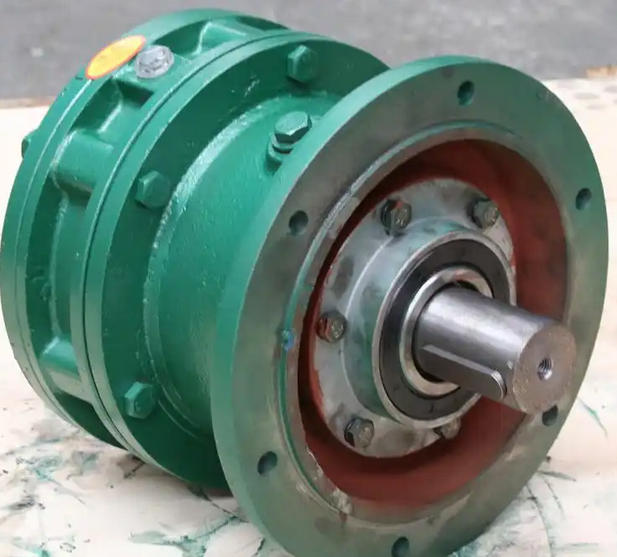Recommend some installation precautions for BLD19-35-55KW cycloidal pinwheel reducer
The installation of BLD19-35-55KW cycloidal pinwheel reducer should focus on the three core aspects of foundation stability, transmission neutrality, and lubrication compliance to avoid operational vibration, component wear, or shortened service life caused by improper installation. Specific precautions can be divided into five key modules.
1. Preparation before installation: Check the equipment and environment to avoid inherent hazards
Pre installation inspection can prevent problems that cannot be rectified in the future, and three key points need to be confirmed:

Equipment appearance and component inspection: After unpacking, check whether the gearbox casing and output shaft have been deformed during transportation, and whether internal components such as cycloidal gears and needle teeth have been displaced due to vibration (which can be judged by rotating the output shaft, and there should be no jamming or abnormal noise); Simultaneously verify the model (BLD19-35-55KW) and installation drawings to ensure that the motor power, reduction ratio, and load requirements match.
Basic and environmental requirements: The installation foundation should be flat and sturdy, with a concrete foundation strength of not less than C20, and a surface flatness error of ≤ 0.1mm/m (measured with a spirit level); A drainage channel should be reserved below the foundation to avoid the accumulation of oil stains and water; The ambient temperature should be controlled between -10 ℃ and 40 ℃, away from dust and corrosive gases, to prevent component corrosion.
Preparation of tools and accessories: Prepare torque wrenches (for precise tightening of bolts), level gauges (accuracy ≥ 0.02mm/m), dial gauges (for calibrating coaxiality), as well as lubricating oil (usually 46 # or 68 # industrial gear oil, refer to the equipment manual for details) and sealing glue (for flange interface sealing) that meet the requirements in advance.
2. Basic fixation: Ensure stability without displacement and reduce operational vibration
55KW belongs to high-power models, with significant vibration during operation. The foundation must be firmly fixed, and the steps are as follows:
Positioning and leveling: Lift the reducer onto the foundation and adjust its position according to the installation drawings to ensure that the center height of the output shaft is consistent with the load equipment (such as fans and pump bodies); Measure the levelness on the flat surface of the casing and the output shaft end using a spirit level. Adjust the levelness by adding or removing basic shims to ensure that the horizontal error is ≤ 0.2mm/m.
Bolt tightening: Use anchor bolts with a strength grade of ≥ 8.8, gradually tighten them in 2-3 diagonal steps, and the final torque should meet the requirements of the manual (usually M24 bolt torque is about 300-350N · m); Recheck the levelness after tightening to prevent equipment displacement during the bolt tightening process.

